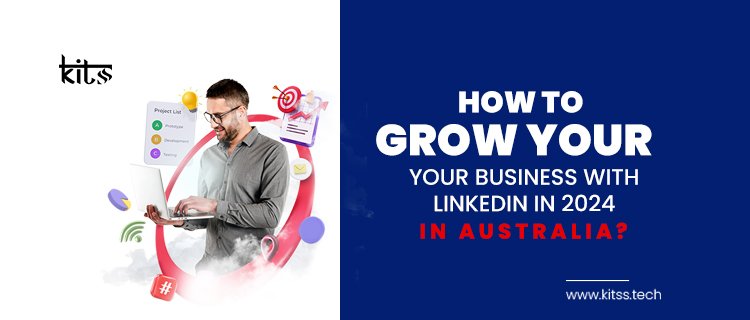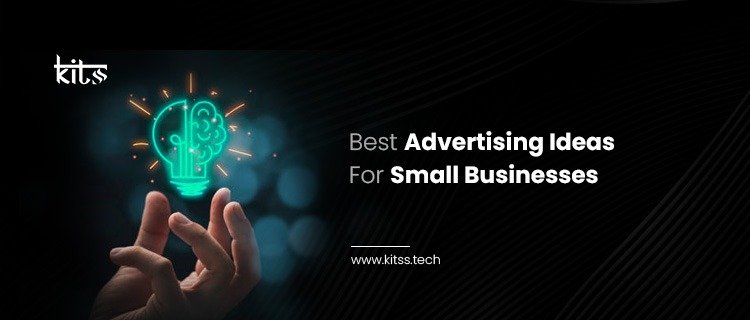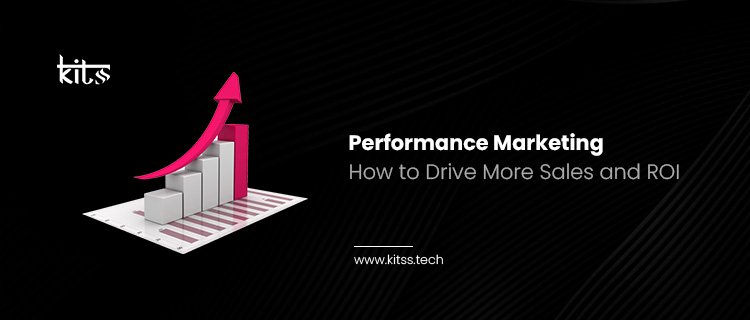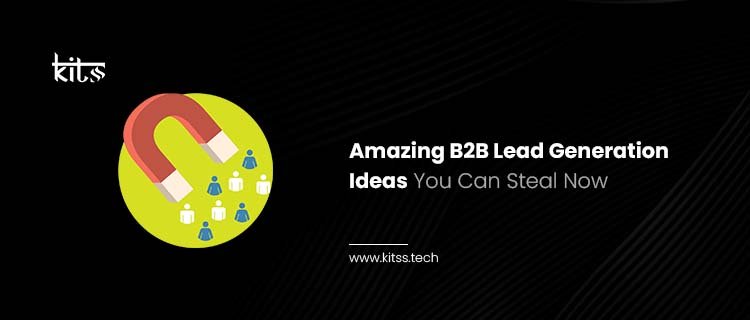The History of Advertisement | Old Vs New Advertising Trends
Old Vs New Advertising Trends | History
Advertising has changed a lot over the years. Knowing the history of advertising helps us understand why some old methods still work and why new methods have taken over. In this blog, we’ll look at the differences between traditional marketing and the latest trends, how businesses switched from old ways to new ones, and what marketing looks like today.
Learning about the history of advertising is important. It shows us what worked before and what might work now. It also helps us see the new strategies and tools available to businesses. Whether you own a business or are just curious about marketing, this guide will give you insights into how advertising has changed and how you can use these changes to your advantage.
Let’s dive into the world of advertising and see how it has transformed over the years.

Traditional Marketing vs. Trending Marketing
Let’s talk about how advertising has changed over the years. In the past, businesses used traditional marketing methods to reach their customers. Now, digital marketing trend are taking over. We’ll look at both and see how they compare.
Traditional marketing includes methods like print ads in newspapers and magazines, radio commercials, TV ads, and billboards. These methods were very popular because they could reach a wide audience. For example, a TV commercial could be seen by millions of people at once, and a billboard on a busy road would catch the eyes of many people.
On the other hand, trending marketing involves digital methods like social media ads, email marketing, and online banners. These methods use the internet to reach people. For example, an ad on Facebook can be targeted to specific groups based on their interests, age, or location. This makes digital ads more precise and often more cost-effective.
Traditional marketing is good for reaching a broad audience, but it can be expensive and hard to measure. Trending marketing is often cheaper and allows businesses to track how well their ads are doing in real-time. For instance, you can see how many people clicked on your online ad or how many liked your social media post.

Transforming Traditional to Trending Marketing
Switching from traditional marketing to trending digital marketing has been a big change for many businesses. Let’s look at how this transformation happens and why it’s important.
1. Understanding the Shift:
Traditional marketing methods like TV ads, radio commercials, and print ads have been around for a long time. But with the rise of the internet, businesses started to see new opportunities to reach their customers. Digital marketing, which includes social media ads, email marketing, and online banners, offers more precise targeting and better tracking of results.
2. Steps for Transformation:
To move from traditional to digital marketing, businesses need to follow a few steps:
- Evaluate Current Methods: Look at what traditional methods are currently being used and assess their effectiveness.
- Set Clear Goals: Define what you want to achieve with digital marketing. This could be increasing brand awareness, driving more traffic to your website, or boosting sales.
- Choose the Right Tools: Select the digital marketing tools that best fit your goals. This might include social media platforms, email marketing software, marketing automation or paid ads.
- Train Your Team: Ensure your marketing team understands how to use these new tools effectively. This might involve training sessions or hiring new staff with digital marketing skills.
- Monitor and Adjust: Once you start your digital campaigns, keep an eye on the results. Use analytics to see what’s working and what’s not, and adjust your strategies as needed.
3. Benefits of Transformation:
Switching to digital marketing offers many benefits. For example, it allows businesses to reach a global audience, target specific groups more accurately, and measure the success of their campaigns in real-time. A good example is a local retail store that starts using Facebook ads to reach customers in their area. They can see how many people clicked on their ad, how many visited their website, and how many made a purchase, all in real-time.
What Were the Traditional Marketing Standards?
Before the internet took over, traditional marketing had its own set of standards that businesses followed. These methods were tried and true, helping companies reach their audiences effectively. Let’s take a look at some of these traditional marketing standards.
1. Print Advertising:
Print ads were a major part of traditional marketing. Businesses would place ads in newspapers, magazines, and brochures. The quality of the print and the placement of the ad were crucial. For instance, a full-page ad in a popular magazine would get more attention than a small ad in a local newspaper.

2. Television and Radio Commercials:
TV and radio ads were another staple of traditional marketing. These commercials had to be catchy and memorable to stand out. Businesses often spent a lot of money on producing high-quality commercials and buying prime time slots to ensure their ads were seen or heard by a large audience.

3. Billboards and Outdoor Advertising:
Billboards and outdoor ads were used to catch the attention of people on the go. These ads needed to be bold and eye-catching. A well-placed billboard on a busy highway could reach thousands of people every day.

4. Direct Mail:
Direct mail involved sending promotional materials directly to people’s homes. This could include catalogs, postcards, and flyers. The goal was to create attractive and compelling mail pieces that would not end up in the trash.

5. Personal Selling:
Personal selling was all about face-to-face interaction. Salespeople would meet potential customers in person, explain the benefits of their products, and try to close the sale. This method required excellent communication skills and a deep understanding of the product.

Types of Marketing Nowadays
Today, marketing has evolved significantly with the advent of digital technology. Businesses now have a variety of marketing types to choose from, each catering to different needs and audiences. Here are some of the most popular types of marketing used today:
1. Content Marketing:
Content marketing involves creating and sharing valuable content to attract and engage customers. This can include blog posts, articles, videos, infographics, and more. The goal is to provide useful information that helps solve a problem or meets a need, thereby building trust and credibility with your audience.

2. Social Media Marketing:
Social media marketing uses platforms like Facebook, Instagram, Twitter, and LinkedIn to promote products or services. Businesses can post updates, run ads, and engage with their audience through comments and messages. Social media is great for building brand awareness and connecting with customers on a personal level.

3. Email Marketing:
Email marketing involves sending promotional messages directly to people’s inboxes. This can include newsletters, special offers, product announcements, and more. Email marketing is effective for nurturing leads and keeping customers informed about your business.

4. Search Engine Optimization (SEO):
SEO is the practice of optimizing your website to rank higher in search engine results. This involves using keywords, creating high-quality content, and improving site structure. A higher ranking means more visibility and traffic to your website, which can lead to more customers.

5. Pay-Per-Click (PPC) Advertising:
PPC advertising allows businesses to place ads on search engines and other websites, paying only when someone clicks on the ad. This can drive immediate traffic to your site and is highly measurable, allowing you to track the return on your investment easily.

6. Influencer Marketing:
Influencer marketing involves partnering with influential people in your industry to promote your products or services. These influencers have a large following and can help you reach a wider audience. It’s a modern twist on celebrity endorsements but often more relatable to the target audience.

7. Affiliate Marketing:
Affiliate marketing is a performance-based strategy where businesses reward affiliates (partners) for driving traffic or sales to their website. Affiliates promote the products through their own channels, such as blogs or social media, and earn a commission for each sale made through their referral link.

Marketing Trends, Strategies & Services
Marketing is always evolving, and keeping up with the latest trends and strategies is essential for any business. Let’s look at some current marketing trends and the strategies that are making a big impact today.
1. Personalization:
Personalization is about tailoring your marketing messages to individual customers. This could be through personalized emails, product recommendations based on past purchases, or targeted ads. Customers are more likely to engage with content that feels relevant to them. For example, an online store might send personalized product suggestions to a customer based on their browsing history.

2. AI and Automation:
Artificial Intelligence (AI) and automation are revolutionizing marketing. AI can analyze large amounts of data to predict customer behavior, while automation can handle repetitive tasks like sending emails or posting on social media. This saves time and ensures that marketing efforts are more precise and effective. For instance, AI can help create personalized email campaigns that automatically adjust based on customer interactions.

3. Video Marketing:
Video continues to be a powerful marketing tool. Platforms like YouTube, TikTok, and Instagram make it easy to share video content. Videos can explain complex products, tell a brand’s story, or showcase customer testimonials. They are engaging and can convey information quickly, making them perfect for capturing attention in a busy digital landscape.

4. Influencer Marketing:
Influencer marketing involves partnering with popular social media personalities to promote products or services. Influencers have loyal followings, and their endorsements can significantly boost brand awareness and credibility. For example, a beauty brand might collaborate with a well-known beauty influencer to review and promote their products.

5. Social Media Stories:
Social media stories on platforms like Instagram, Facebook, and Snapchat are becoming more popular. These short, temporary posts are engaging and encourage immediate interaction. Businesses can use stories to share behind-the-scenes content, promote limited-time offers, or engage with their audience through polls and Q&A sessions.

6. Interactive Content:
Interactive content, like quizzes, polls, and interactive videos, engages users in a more dynamic way. It encourages active participation rather than passive consumption. For instance, a fitness brand might create a quiz to help users find the best workout plan for their needs.

7. Voice Search Optimization:
With the rise of smart speakers and voice assistants like Alexa and Siri, optimizing content for voice search is becoming important. This involves using natural language and answering common questions directly. Businesses need to ensure their content is easily accessible through voice search to stay competitive.

Trending Digital Marketing Services:
1. Search Engine Optimization (SEO):
SEO is crucial for improving the visibility of your website. It involves optimizing your site’s content and structure to rank higher in search engine results. Effective SEO strategies include keyword research, creating high-quality content, and building backlinks.

2. Pay-Per-Click (PPC) Advertising:
PPC allows businesses to display ads on search engines and pay only when someone clicks on the ad. This method is highly measurable and can drive immediate traffic to your website. Google Ads and Bing Ads are popular PPC platforms.

3. Social Media Management:
Managing social media accounts involves creating and scheduling posts, engaging with followers, and running ads. Professional social media management services can help businesses maintain a strong online presence and connect with their audience effectively.

4. Content Marketing:
Content marketing focuses on creating valuable and relevant content to attract and engage an audience. This can include blog posts, articles, videos, and infographics. The goal is to provide useful information that helps build trust and authority in your industry.

5. Email Marketing:
Email marketing remains a powerful tool for nurturing leads and keeping customers informed. Services can include creating email campaigns, managing subscriber lists, and analyzing campaign performance to improve results.

6. Influencer Marketing:
Partnering with influencers can help businesses reach new audiences and build credibility. Influencer marketing services include identifying the right influencers, managing collaborations, and measuring the success of influencer campaigns.

Conclusion
From personalization and AI to video marketing and influencer collaborations, there are many ways to effectively reach and engage your audience. Additionally, leveraging trending digital marketing services like SEO, PPC, and social media management can help you maintain a strong online presence.
If you’re looking to boost your marketing efforts and stay ahead of the curve, Kabir IT Services can help. Our team of experts specializes in digital marketing and can provide you with the tools and strategies you need to succeed. Whether you need help with SEO, social media, or email marketing, we’ve got you covered.
Don’t miss out on the opportunity to enhance your marketing with the latest trends and services. Contact Kabir IT Services today and let us help you take your business to the next level. Visit our website at kitss.tech to learn more and get started.










